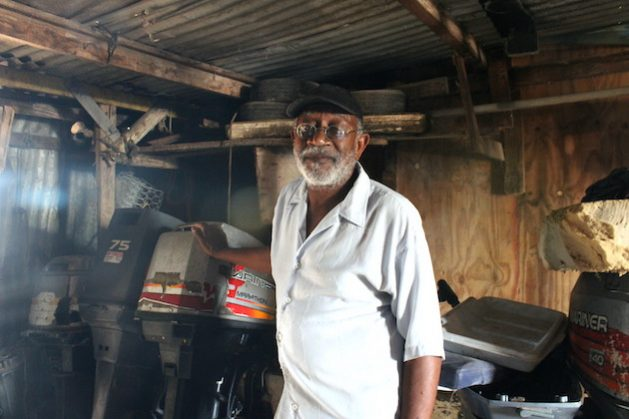
by Zadie P. Neufville
This article was first published by InterPress Service on June 2, 2023
Long before the COVID-19 Pandemic, fishers at the Rocky Point fishing beach in Clarendon were forced to venture farther out to sea to make a living or find alternatives to make ends meet.
This once-prime fishing village attracted fishers from up and down the coast. Men like Ephraim Walters, travelled from his hometown in Belmont, 100 or so kilometres (62 miles), up the coast, to Rocky Point, some 30 years ago, and never left.
Rocky Point is Jamaica’s largest fishing community and was once a destination for south coast fishers. But decades of environmental neglect, mismanagement, and poor fishing practices are taking their toll, pushing fishermen into destitution.
In the old days, Walters recalls, fishermen went to sea every day and made enough to build homes, support their families, and school their children. Back then, one needn’t go too far because the 24-kilometre sea shelf at Rocky was the place to be: “We could drop the net in the bay, and we would pull it together with a whole lot of fish, but these days we have to go further out to sea for far less”.
“Sometimes you go out, and you don’t catch a thing, and you can’t buy back the gas you use to go out,” he says.
With too many fishers chasing too few fish, he now travels the 96.5 kilometres (60 miles) to the offshore fishing station at Pedro Banks, using hundreds of gallons of fuel and spending between three and five days to get a good catch. But even then, he says, the value of the catch may not cover the cost of the trip.
The challenges in Rocky Point are a snapshot of the Jamaican fisheries sector, where too many fishers chase too few fish. Former University of the West Indies lecturer Karl Aitken says Rocky’s problem began as many as 30 years ago. As a master’s student in the 1980s, he says he had been recording declining catch numbers even then.
Data from the National Fisheries Authority (NFA) show that only 26,000 of the estimated 40,000 fishermen on the island are registered. Marine catch data between 1986 and 1995 shows a downturn in catch rates from 9,100 metric tonnes to 4,200 metric tonnes per year. There are expansions of the commercial conch fishery that began in 1991 and the lobster fishery.
The consensus is that Jamaica’s fishing problems began with a series of natural and man-made events in the 1980s and 1990s, which resulted in the death of 85 per cent of the island’s reefs and a drastic decline in fish catches. As inshore areas became less productive, pressure mounted on the offshore resources at Pedro Cays.
The 2017 State of the Environment report points to the growing numbers of fishers as a threat to the environment, noting that the island’s nearshore artisanal finfish and lobster fisheries are potentially environmentally deleterious and associated with overfishing and harvesting.
“The greatest potential for environmental impact is in the fisheries sub-sector is associated with the marine finfish sector which continues to grow to supply domestic markets,” the report says.
Walters long for the promised fish sanctuary which he believes will minimise destructive behaviours and save the livelihoods of Rocky Point’s fishermen. Not only are fish stocks collapsing, but the high-value fisheries like conch and lobster are also vulnerable as more people go after the resource. Since 2000, the government has shuttered the conch fishery twice first, when a row over quota resulted in a lawsuit and again in 2018 after a collapse of the resource.
Former director of Fisheries Andre Kong explains that in both cases stocks were low. But in 2018, the fishery was on the verge of collapse. Some believe that the conch and lobster fisheries should remain closed for another few years, but fishermen believe that without proper protection, the resources would be plundered by poachers as happened during the COVID-19 Pandemic.
Fishing beaches around Rocky Point have already established sanctuaries which local fishers say have helped to boost their catch rates and the size of the fish they catch. In the neighbouring Portland Bight, three marine protected areas have been established across the parishes of St Catherine and Clarendon.
In the 73-year-old Walker’s birth parish of Westmoreland, the Bluefields Fisherman’s Friendly Society led by Wolde Christos, established one of the largest of the island’s 18 fish sanctuaries in 2009 to boost the falling catch rates, protect local marine life such as the hawksbill sea turtles that nest there, and reduce high levels of poaching.
The sanctuary covers more than 1,300 hectares (3,200 acres). It is working, Christos explains, noting that a government grant helps the fishermen who have been licensed as fish and or game wardens run a tight ship, keeping illegal fishers out.
The pandemic made things worse for many fishers due to the loss of markets. In a report to parliament last year, Minister Pearnel Charles Jr. said that the coronavirus (COVID-19) pandemic has caused disruption in fish production and value chains with the losses of markets locally and overseas, and higher input costs, resulting in significant increases in operational expenses. An estimated USD23 million in losses was sustained in the fisheries sector during 2020 alone.
On the beach, some fishers are doing anything they can to survive. Some are part-time boat builders/ repairmen, electricians, or even mechanics; others now clean fish for buyers to make ends meet. And if the whispers are correct, many have turned to illegal fishing.
Complicating the issue is the fact that aside from regulated fisheries of conch and lobsters, Jamaica has no limit on the amount or size of fish that can be taken. There is almost no data available for analysis, and mesh and net sizes have more or less no effect on the reaping of juvenile fish.
In keeping with commitments and international agreements, in 2018, the government unveiled a new Fisheries Act. It established the National Fisheries Authority to replace the Fisheries Division of the Ministry of Agriculture to strengthen the management and legislative framework of the sector. The act is expected to increase compliance in registration, increase opportunities for aquaculture and increase fines and prison terms for breaches.
(Original article is here)








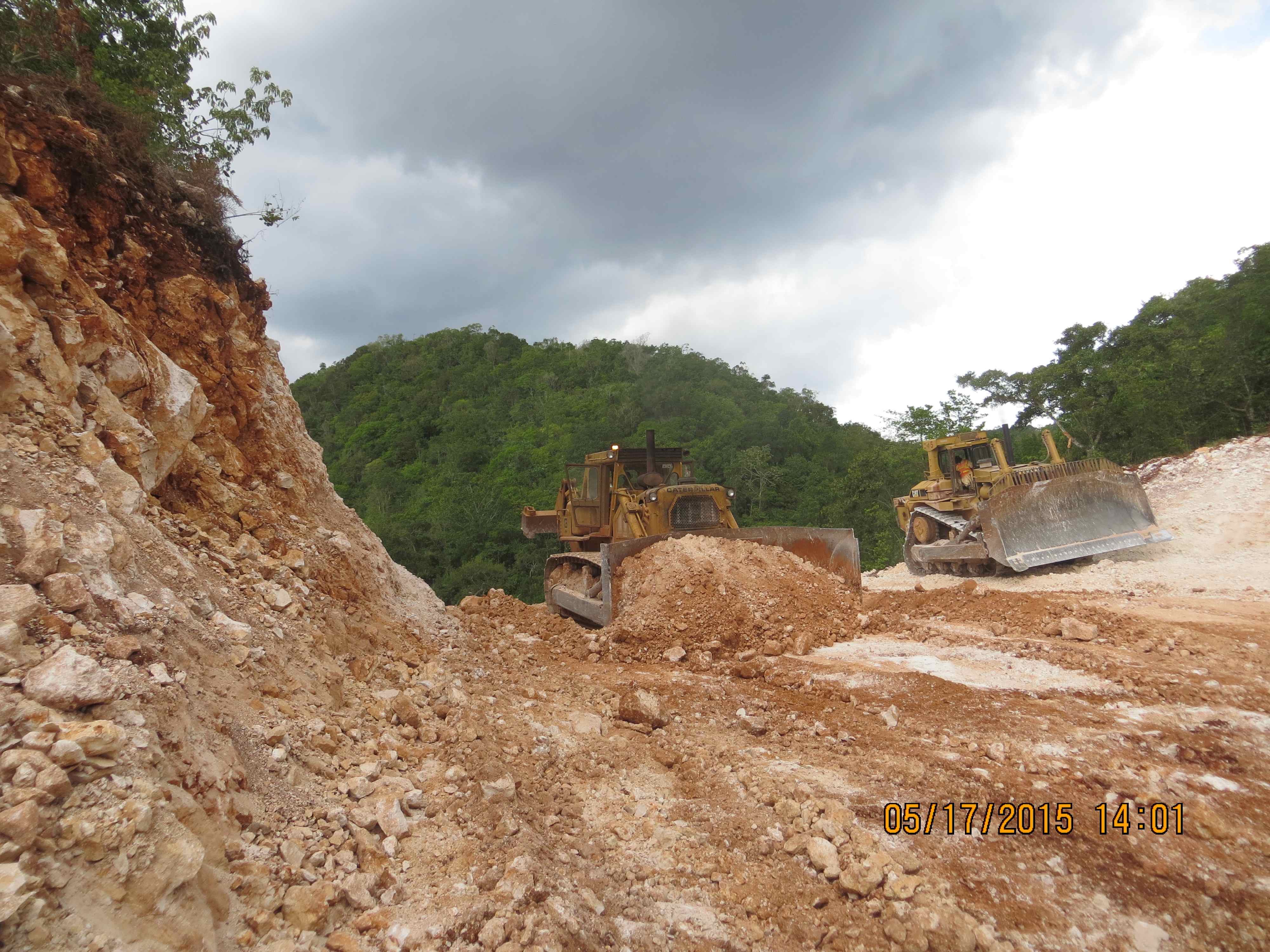

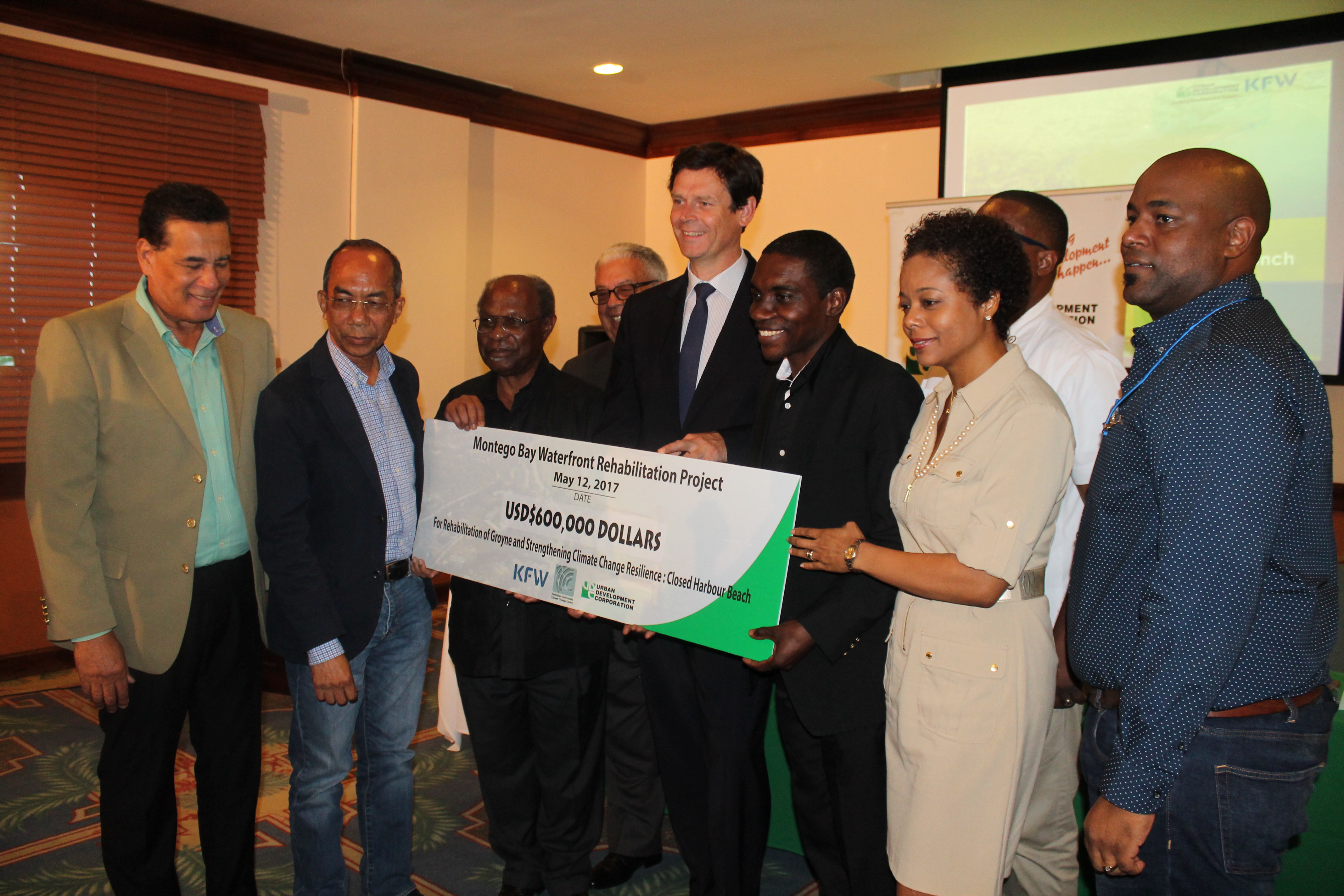
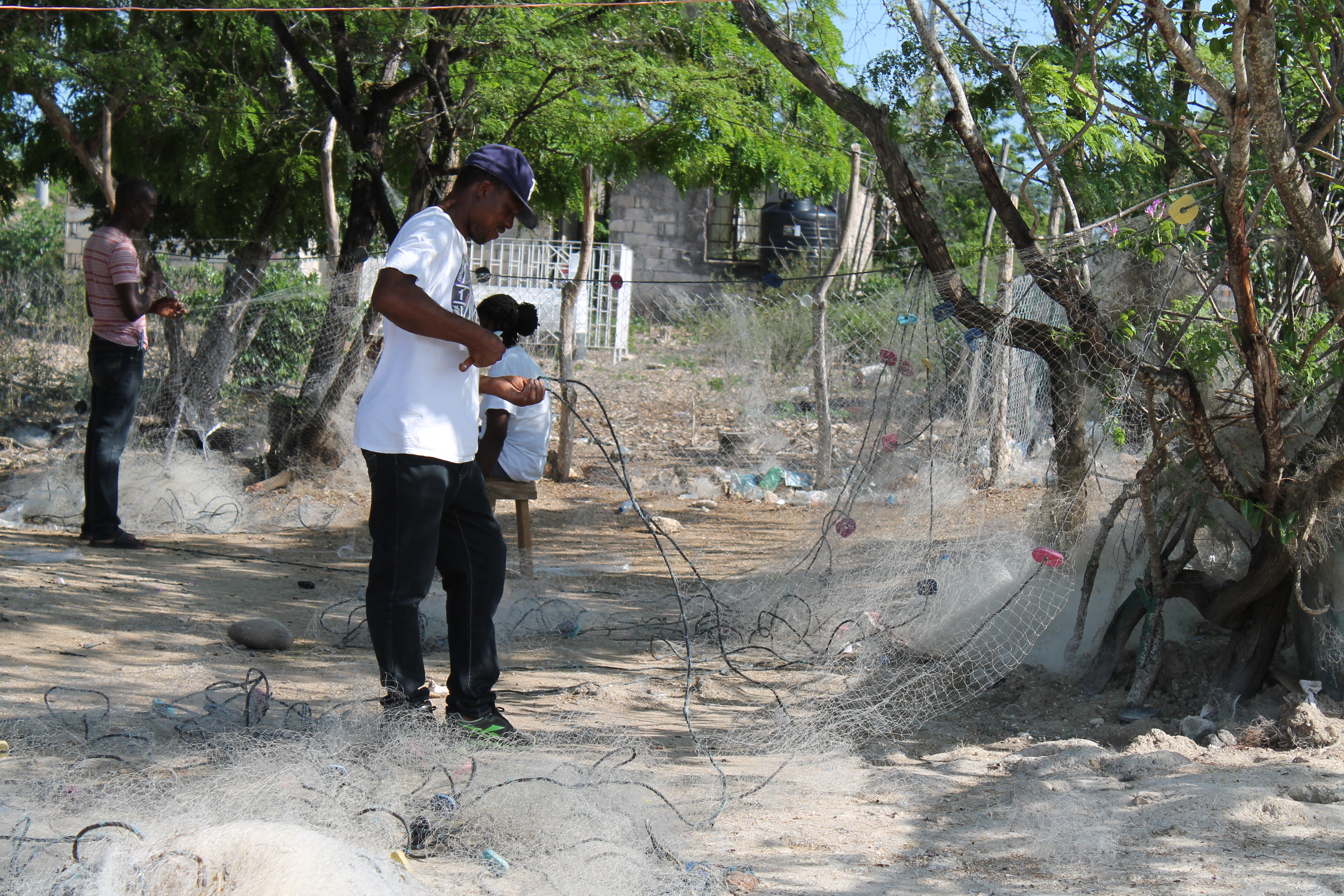


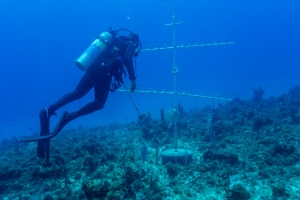

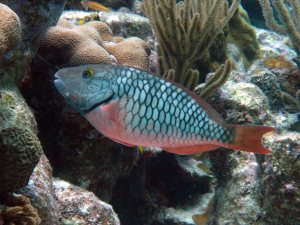

 Gourbiere agrees with Agard and other regional researchers that there is need for solutions that are primarily focused on vector controls: eradication and effective controls of the Aedes aegypti could also eliminate the diseases they spread.
Gourbiere agrees with Agard and other regional researchers that there is need for solutions that are primarily focused on vector controls: eradication and effective controls of the Aedes aegypti could also eliminate the diseases they spread.
